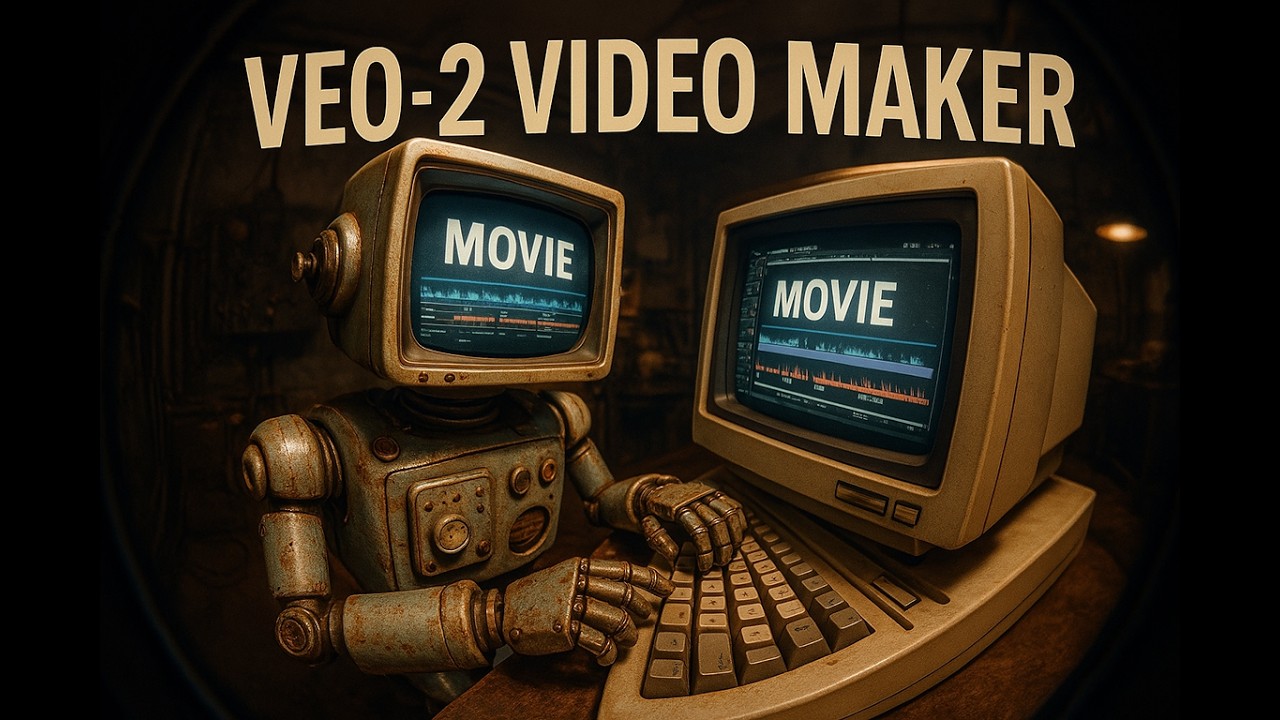The video introduces a Python script that uses Google’s Rio2 API and GPT-4 to generate short movie clips from scene descriptions, demonstrating the ease of creating videos with the right tools and libraries. The creator provides an overview of the necessary components, showcases the script’s functionality, and encourages viewers to explore video generation further by accessing additional resources on their Patreon.
In this video, the creator introduces a new Python script that utilizes Google’s Rio2 API to generate short movie clips based on scene descriptions. The process involves using the V2 API to create scenes in parallel, leveraging the capabilities of GPT-4 in JSON mode to generate scene descriptions. The video serves as a demonstration of how to implement this technology for video generation, highlighting the ease of creating small clips by simply writing a script.
The creator provides viewers with a quick overview of the necessary components for the project, including the OpenAI and Gemini APIs, as well as the MoviePy library. They emphasize the importance of using a specific version of MoviePy (1.0.3) to avoid compatibility issues encountered during development. The video also mentions that starter code and documentation can be found on Google.dev, making it accessible for those interested in exploring video generation further.
The script is designed to define the GPT model and video model, specifying parameters such as the output folder and the number of scenes to generate. The creator explains that each scene is generated separately, and they can be combined into a final video. The script includes features for error handling, such as retrying failed video generations and setting the length of each video clip. The creator notes that users should be mindful of API limits, as there are restrictions on the number of generations allowed per day.
The video delves into the functionality of the script, detailing how scene descriptions are generated based on user input. The creator demonstrates how to set up the API clients and create functions for generating scenes and videos. They explain the various parameters that can be adjusted, such as aspect ratio and resolution, to customize the video output. The video also highlights the importance of saving scene descriptions and combining video clips into a cohesive final product.
In conclusion, the creator invites viewers to download the script from their Patreon, where they can also access additional resources, including a comprehensive course and live coding sessions. They emphasize the potential of this technology for creative projects and encourage viewers to explore the possibilities of video generation using the Rio2 API. The video wraps up with a reminder to visit the creator’s website for more content and code downloads related to their projects.
